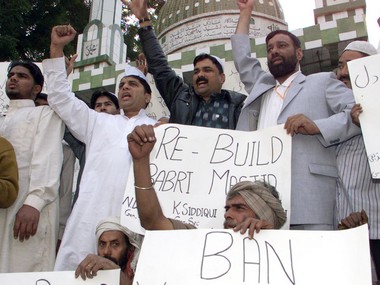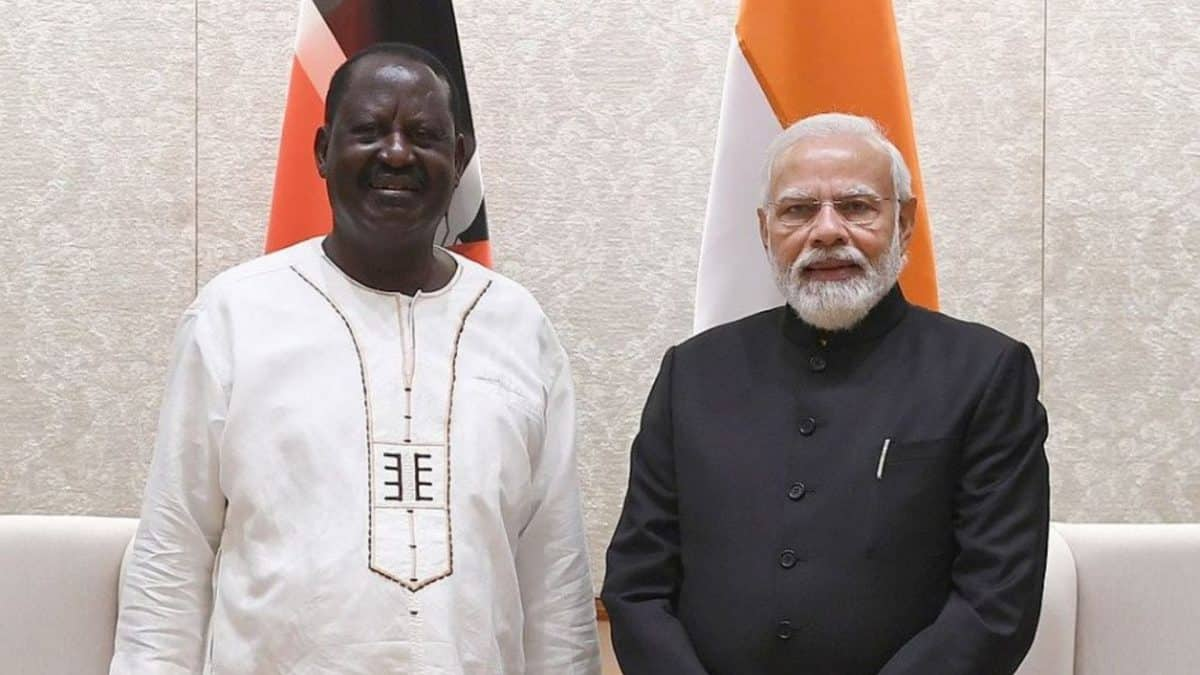Ayodhya: The key litigants in the 25-year-old Ram Janmbhoomi-Babri mosque dispute will not be part of the final proceedings in the Supreme Court which began on Tuesday. The temple-mosque dispute reached the local court in 1949 when Mahant Ramchandradas Paramhans approached it for allowing ‘darshan and pujan’ (worshipping and paying obeisance) of Ramlalla. In the same city, Hashim Ansari, a resident of Kotia locality, about 1.5 kilometre from the disputed site - also approached the court for removing the Lord Rama statue from the Babri mosque. While Mahant Paramhans died on 20 July 2003, Ansari died in July 2016. [caption id=“attachment_4243331” align=“alignleft” width=“380”] Representational image. Reuters[/caption] As the Supreme Court takes up the final hearing, both of them will be missed, said local resident Mohammad Idris. Ansari was a witness when idols of Ram Lalla appeared at the Babri Masjid site on the night of 22 December 1949. He was the first to file the suit in the court of civil judge of Faizabad against the “illegal encroachment of Masjid by Hindu Mahasabha”. With Ansari’s death, an era in the Ayodhya dispute ended as he was a witness to “placing of Idols in Babri Masjid in 1949”, unlocking of the disputed structure for the worship of Ram Lalla as per a court’s order in 1987, demolition of the mosque in 1992 and division of the disputed land into three parts by the Lucknow High Court in 2010. He also became the first plaintiff in the Supreme Court in 2011. Another known figure in courts was Mahant Bhaskar Das, the chief litigant in the Ram Janmbhoomi-Babri Masjid case and the chief priest of the Nirmohi Akhada in Ayodhya. The Nirmohi Akhada priest had filed a claim for the Ramjanmboomi land’s ownership in 1959. Apart from being the Nirmohi Akhada sarpanch, he was the mahant of the Naka Hanuman Gadhi in the temple town in Faizabad district of Uttar Pradesh. In 1959, Nirmohi Akhada’s mahant Raghunath Das filed a case claiming Ram Janmbhoomi. At that time, Bhaskar Das, who was in charge of rituals at Ram Chabutra on the premises, too joined the case and filed the claim. After the Lucknow bench of the Allahabad High Court gave a verdict in the case on 30 September, 2010, Bhaskar Das filed a petition in the Supreme Court for ownership of the entire Ramjanmbhoom premises. Bhaskar died in September this year and he too will not be there in court this time. Vishwa Hindu Parishad (VHP) leader Ashok Singhal, who died in 2015 was considered architect of the Ram temple movement. In the 1980s Singhal became a symbol of the Ayodhya movement. He was sent to the VHP by then RSS chief Bala Saheb Deoras in 1981. He had launched the Ram Janki Rath Yatra in 1985 and had demanded the opening of the locks at Ram Janmabhoomi. While the opening of the locks was ordered by the local Faizabad court, Singhal launched a movement to build Ram temple. Though the matter is subjudice, these key figures and their respective role will always be noted in their respective camps. Wednesday marks the 25th anniversary of the demolition of the Babri Masjid. Click here to read LIVE updates on Ayodhya verdict
The key litigants in the 25-year-old Ram Janmbhoomi-Babri mosque dispute will not be part of the final proceedings in the Supreme Court which began on Tuesday.
Advertisement
End of Article


)




